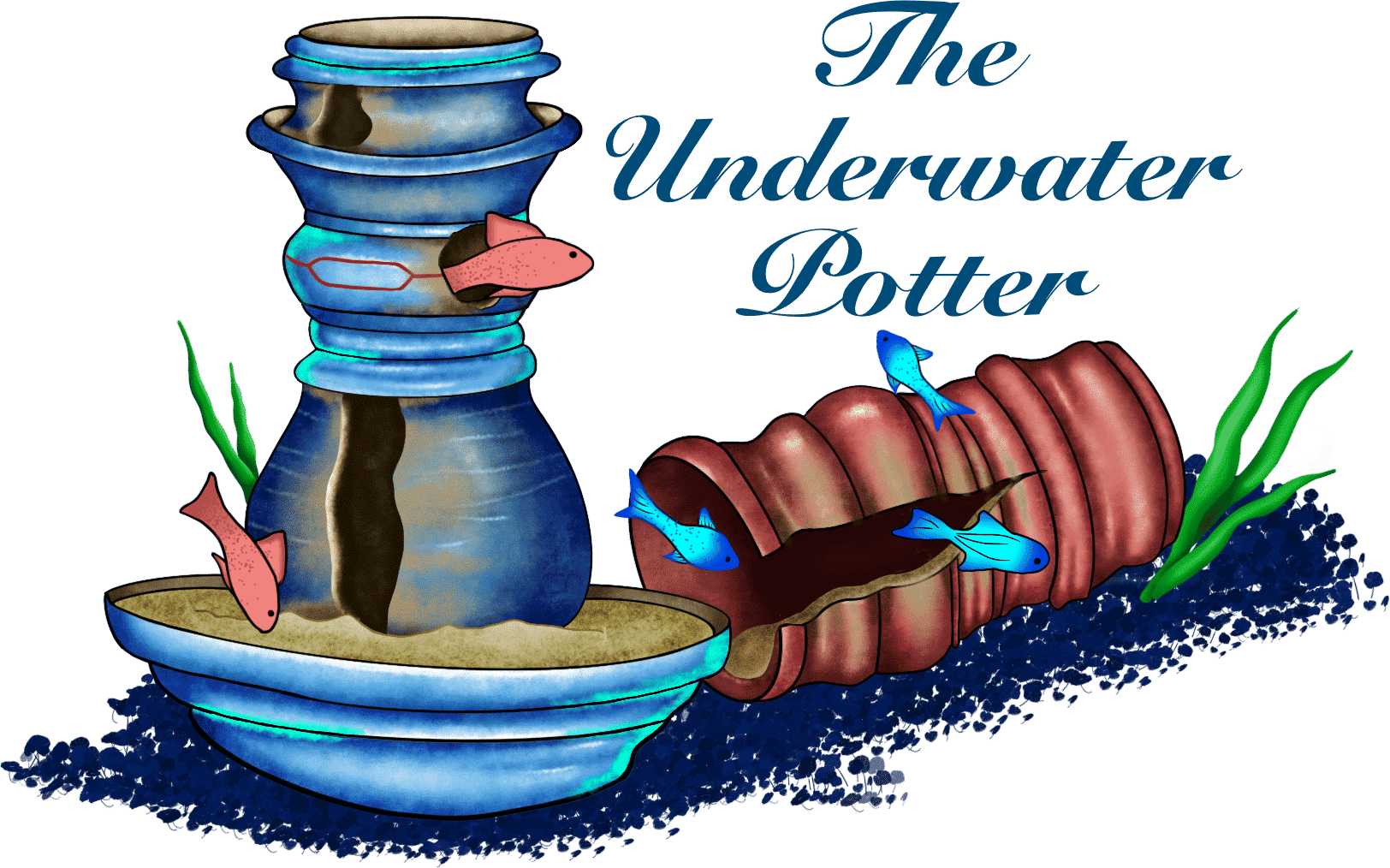FAQ
- Home
- FAQ
Is this pottery safe for my aquarium?
Yes! Our pottery uses clay and glazes that are fired to a high enough temperature that eradicates any harmful toxins that may have been present before the final firing. These pieces are considered "food safe". They can be dishwashed, baked, microwaved, and furthermore are leach-free and will not harm fish, or any other animal that comes into contact with their surfaces.
Why is sand preferable to coarse substrate when feeding sinking pellets?
Sinking pellets eventually break apart and the unconsumed portions can fall into small crevices of course substrate. This can contribute to deteriorating quality of tank water. Additionally, some fish may damage their mouths attempting to access food that has fallen in crevices too deep to reach. This can be alleviated by placing sinking pellets upon a sand substrate, where fish can safely and easily consume all of the product, thereby avoiding water contamination issues, and potential damage to mouths.
Why are sinking Pellets superior to floating flakes?
Floating fish food can result in fish taking in too much air. Gulping air is bad for many fish and can cause “swim bladder”.
Sinking pellets last longer; they take longer to degrade in water and thus, more food gets eaten instead of dissolving into the water and being wasted or contributing to dirty tank water.
Pellets also have a longer shelf life than flakes. And finally, it can be more fun to watch fish eating pellets, especially as they dart in and out of their feeding station cave structures.
How can I use sand with this pottery to create comfortable feeding stations in my aquarium?
Wash the sand before introducing to aquarium.
Scoop wet sand into structures (and Tower tiers, if applicable) before placing structure(s) into aquarium. To reduce sand loss during placement, use slow steady motion when lowering or moving the structures underwater.
Moss balls, stones, or aquarium walls can be utilized to block tunnel openings, preventing pellets from being pushed out by overzealous feeders.
If using the top of a Tower to feed, place Tower away from filter to reduce water circulation wafting the pellet off of the sandbar.
Stack Towers or use Toppers (or Tunnels as Toppers) to help contain pellets.
Is this pottery safe for my reptile to bask upon?
Yes! Half-Cylinders and Domes are purposefully left lightly-, or completely unglazed to promote a surface that will not get too cold, or hot even beneath heating lamps.
Furthermore, the highly coarse clay that is used for these structures helps to maintain a more constant temperature, due to the increased surface area. Additionally, this coarse surface helps to keep reptile claws naturally filed down.
